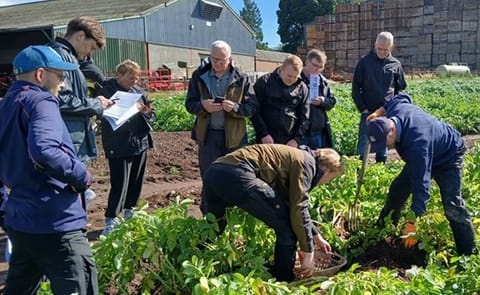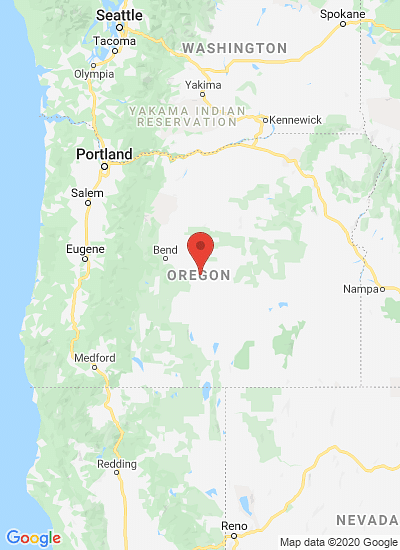National Potato Commission hosts Oregon farm tour for US EPA regulators
National Potato Commission hosts Oregon farm tour for US EPA regulators
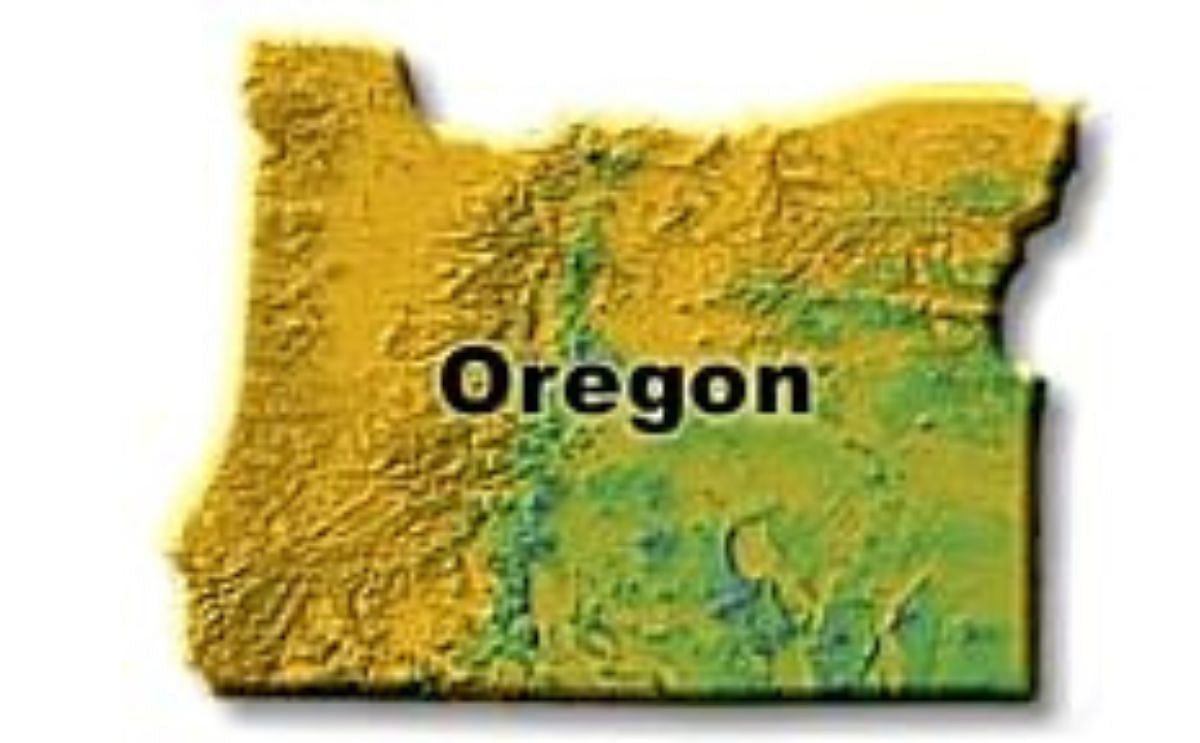
During the week of Aug. 23, the National Potato Council (NPC) led a delegation of five U.S. Environmental Protection Agency (EPA) employees in a crop tour of the Columbia Basin growing area in Oregon.
By visiting potato fields, packing sheds, research centers, processors, and other potato- and agricultural-related sites, NPC's annual tour helps EPA staff gain a better understanding of how the agency's policy decisions impact potato production and the actions taken by growers to be good stewards of the environment.
The four-day tour, which was hosted by the Oregon Potato Commission, focused largely on the sustainable approach taken by the agriculture community to water issues in the Columbia Basin.
The EPA staffers also toured:
- the Oregon State University Hermiston Agriculture Research and Experiment Center in Hermiston,
- the BudRich Potato packing shed, Shearer's chip processing plant,
- Stahl Hutterian Brethren Farms,
- Threemile Canyon Farms,
- Portland General Electric's McCarty Coal Fired Power Plant,
- Sage Interpretive Center,
- Columbia Basin Onion,
- Amstad Farms,
- Eagle Ranch,
- Walchli Farms, and
- the McNary Dam.

During a tour of Threemile Canyon Farm in Boardman, Ore., Farm manager Greg Harris explained the need for a balanced approach to water use for irrigation in the Columbia Basin. In this carrot field, he discussed the need for crop rotation to reduce soil-borne pests.
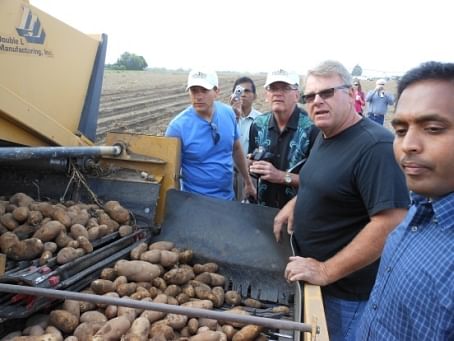
Tour participants observed a pause in the potato harvest at Amstad Farms in Hermiston, Ore. Todd Dimbat, a partner at the farm, explains how irrigation plays a critical role in potato production and that about 30 inches of applied water is necessary for a successful potato crop.
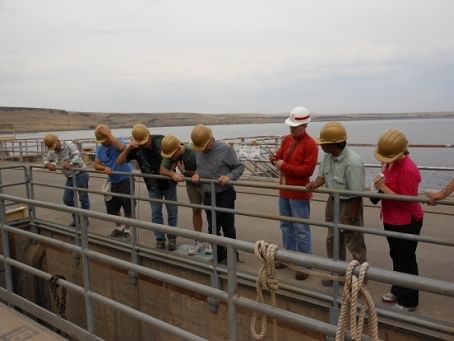
Tour participants peered down from the top of the McNary Dam on the Columbia River, which drives giant turbines that generates enough hydroelectric energy to power more than 600,000 area homes. Tim Roberts, the Chief of Maintenance at the dam, emphasized the need to harness the power of the river while protecting the runs of salmon and other fish that swim up and downstream.







